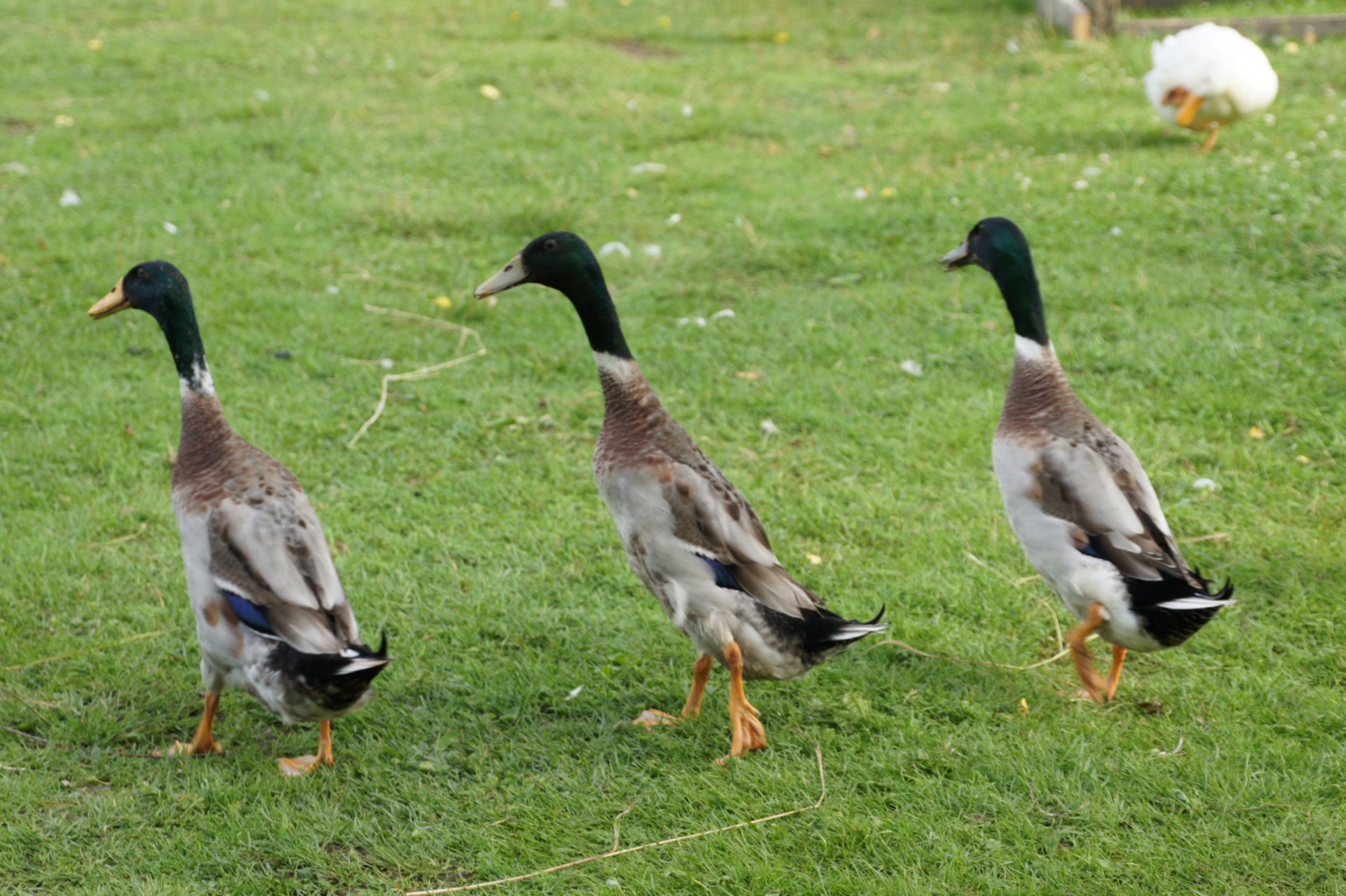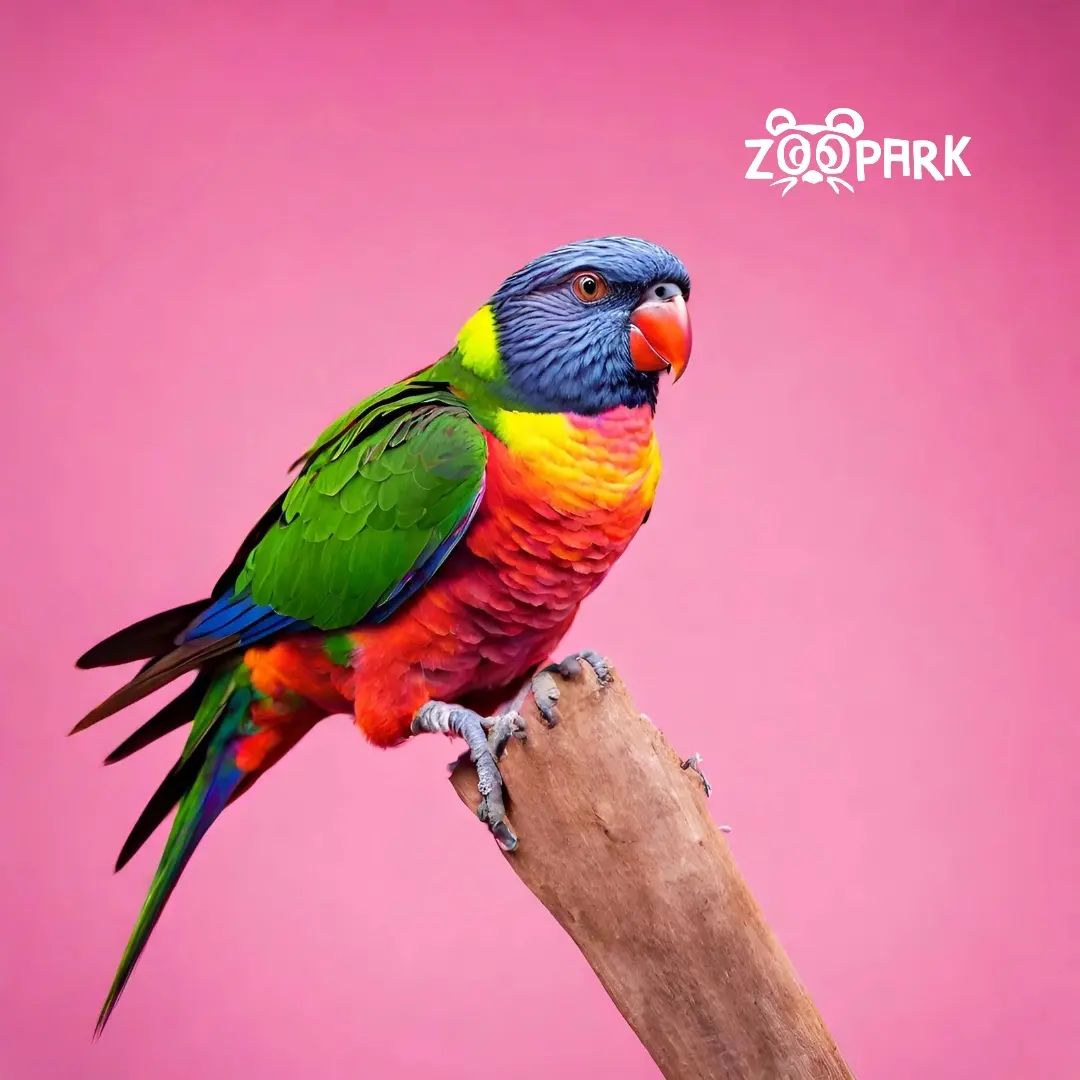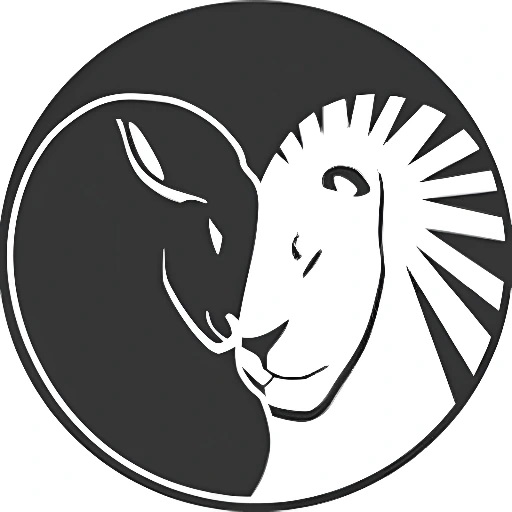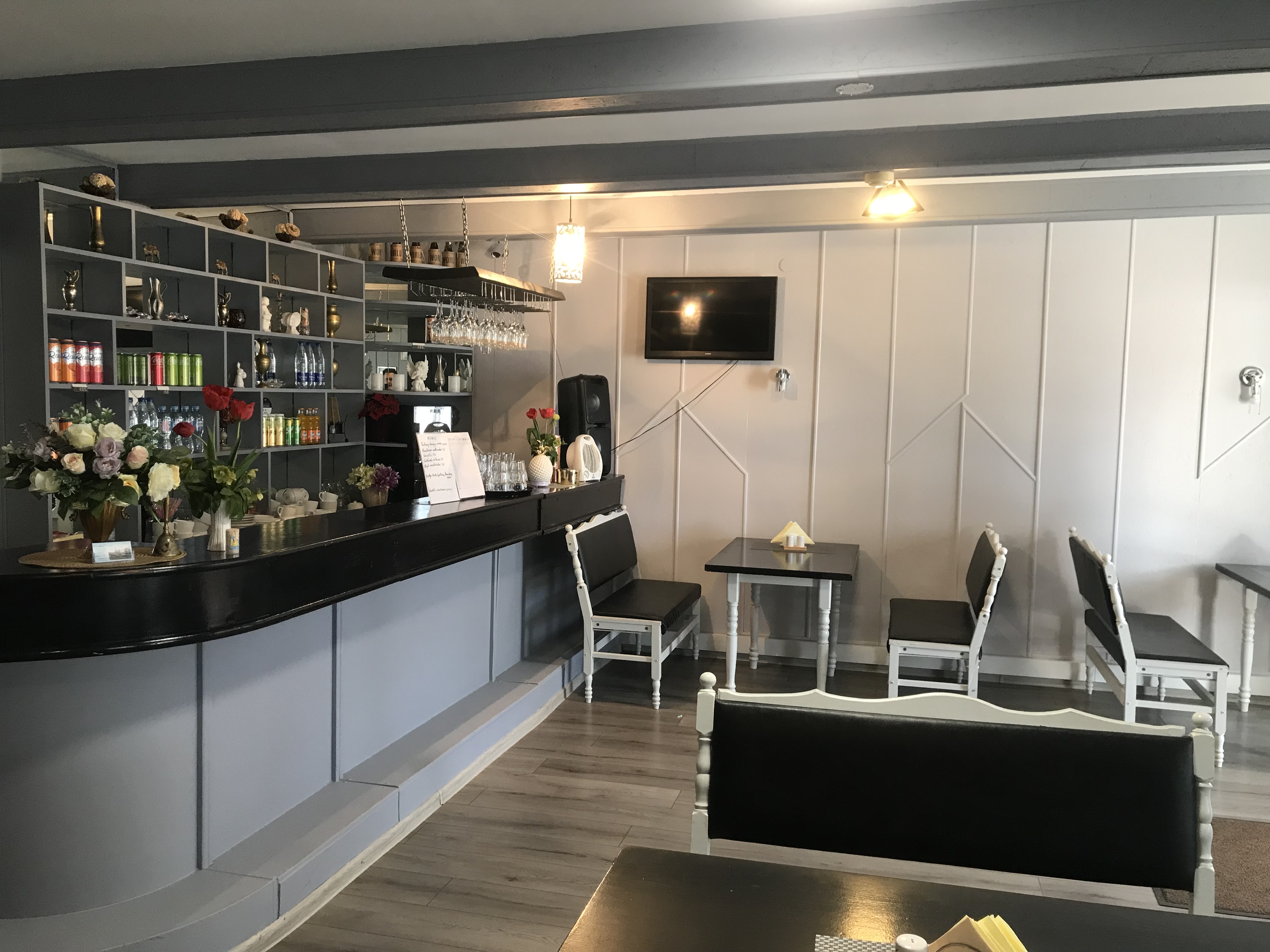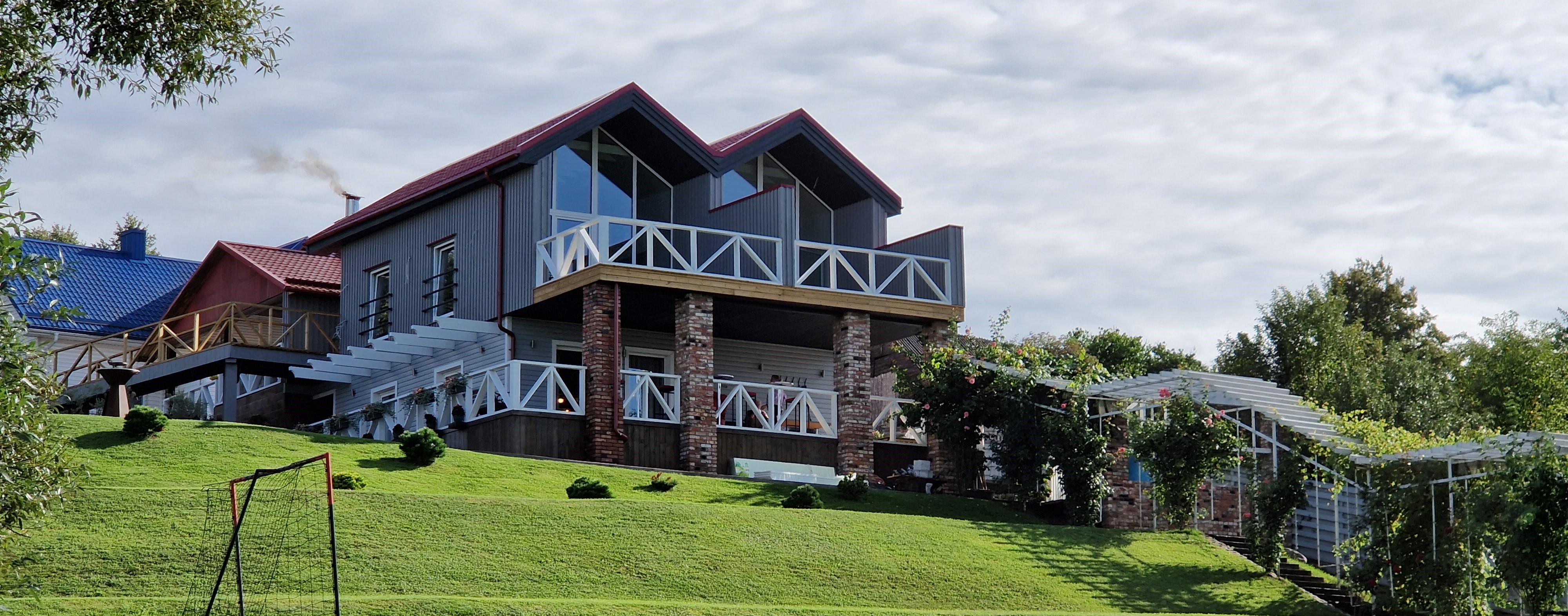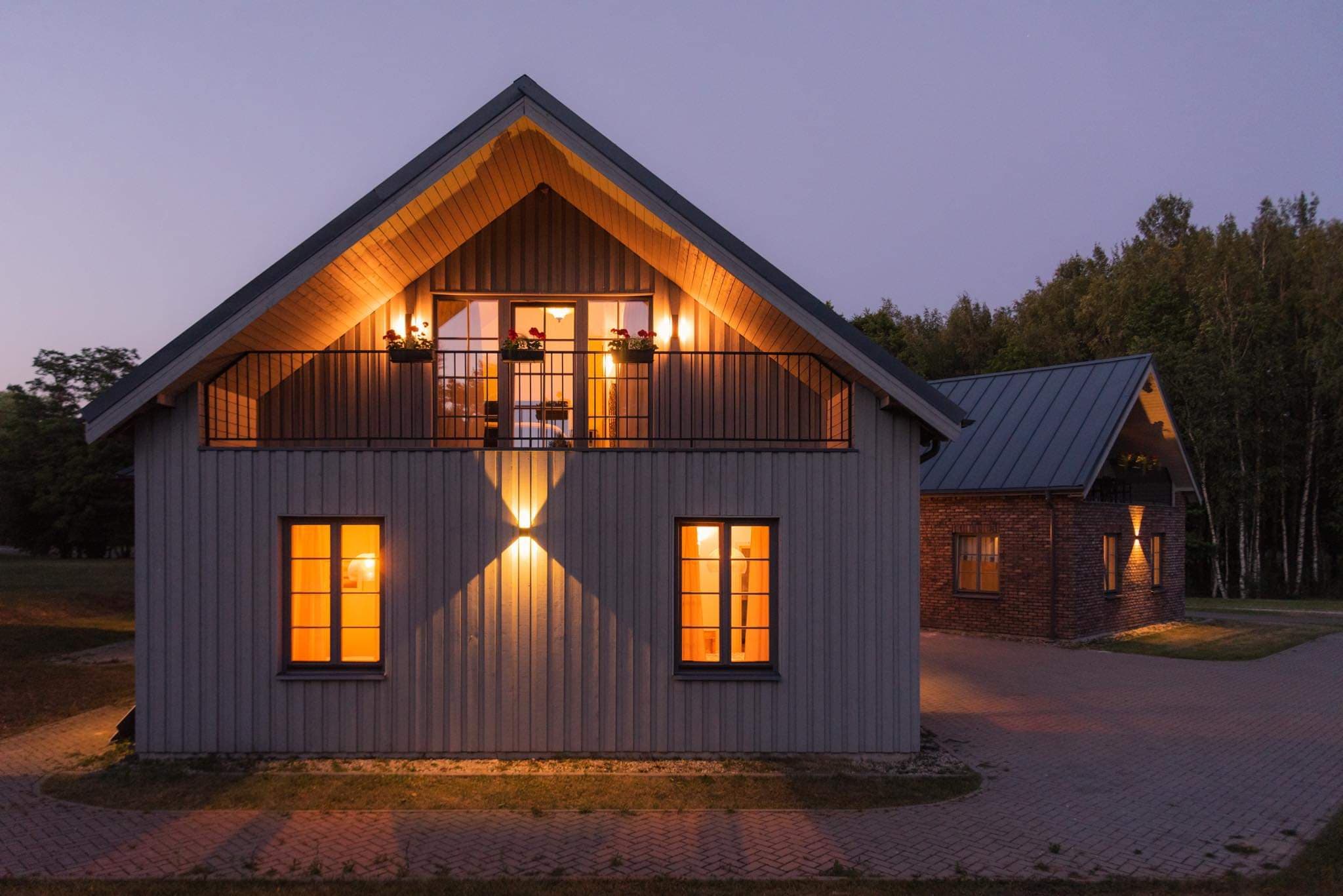Lithuanian Museum of Ethnocosmology: History and Development

755

5

6
In the 1960s, a search began for a new location for the Lithuanian Astronomy Observatory. The old Vilnius University Observatory on Čiurlionis Street in Vilnius was affected by city light pollution and contamination. Many potential sites were visited until 1969, when it was decided to build the observatory in the hills of Kulionys village in Molėtai district, surrounded by the horseshoe-shaped Lake Želva. The location was deemed suitable, and construction began that same year.
Whats new?
TOP sightseeing
The "Top Attractions" category invites you to discover the most popular and impressive places that should be on every traveler's list.
More places to visitTOP museums
The "Top Museums" category invites you to visit the most famous museums, offering an unforgettable cultural and educational experience.
More places to visitTOP entertainment
The "Top Entertainment" category invites you to experience the most popular and exciting activities that guarantee unforgettable memories.
More places to visitTOP food establishments
The "Top Dining Establishments" category invites you to discover the best restaurants and cafés offering exceptional culinary experiences.
More places to visitTOP accommodations
The "Top Accommodations" category invites you to stay at the best hotels and guesthouses, offering top-level comfort and services.
More places to visit
 Entertainment
Entertainment
 Sightseeing
Sightseeing
 Food establishments
Food establishments

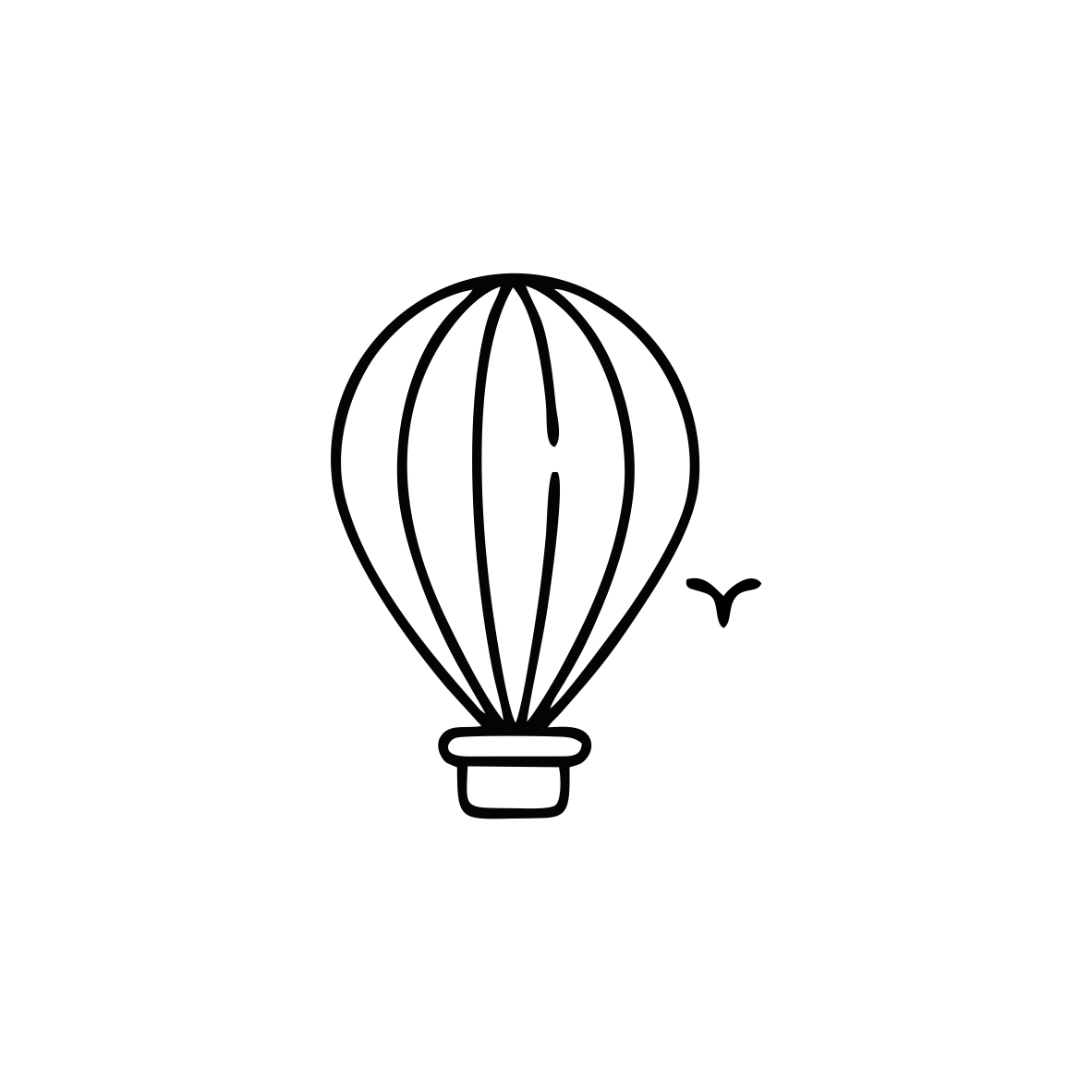







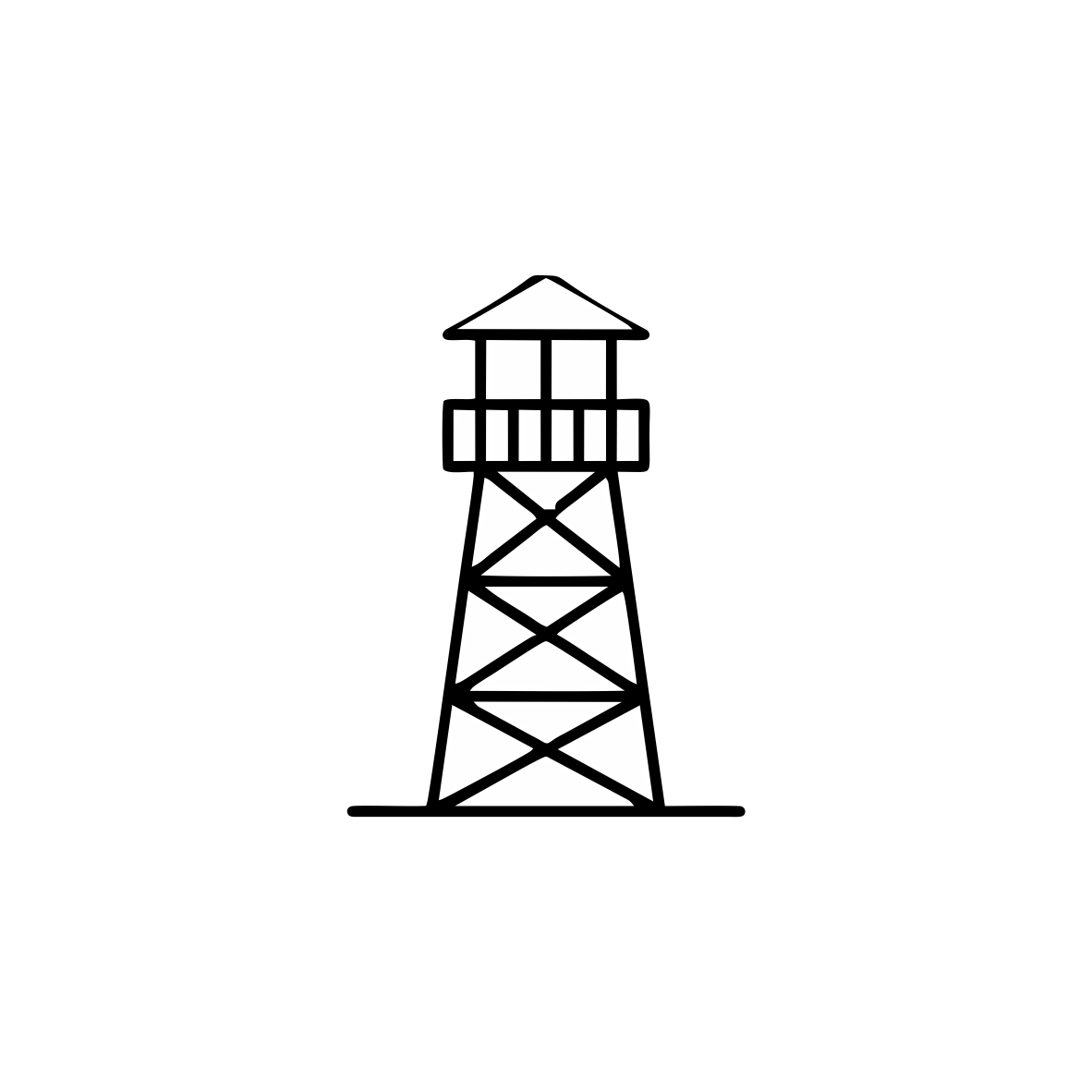








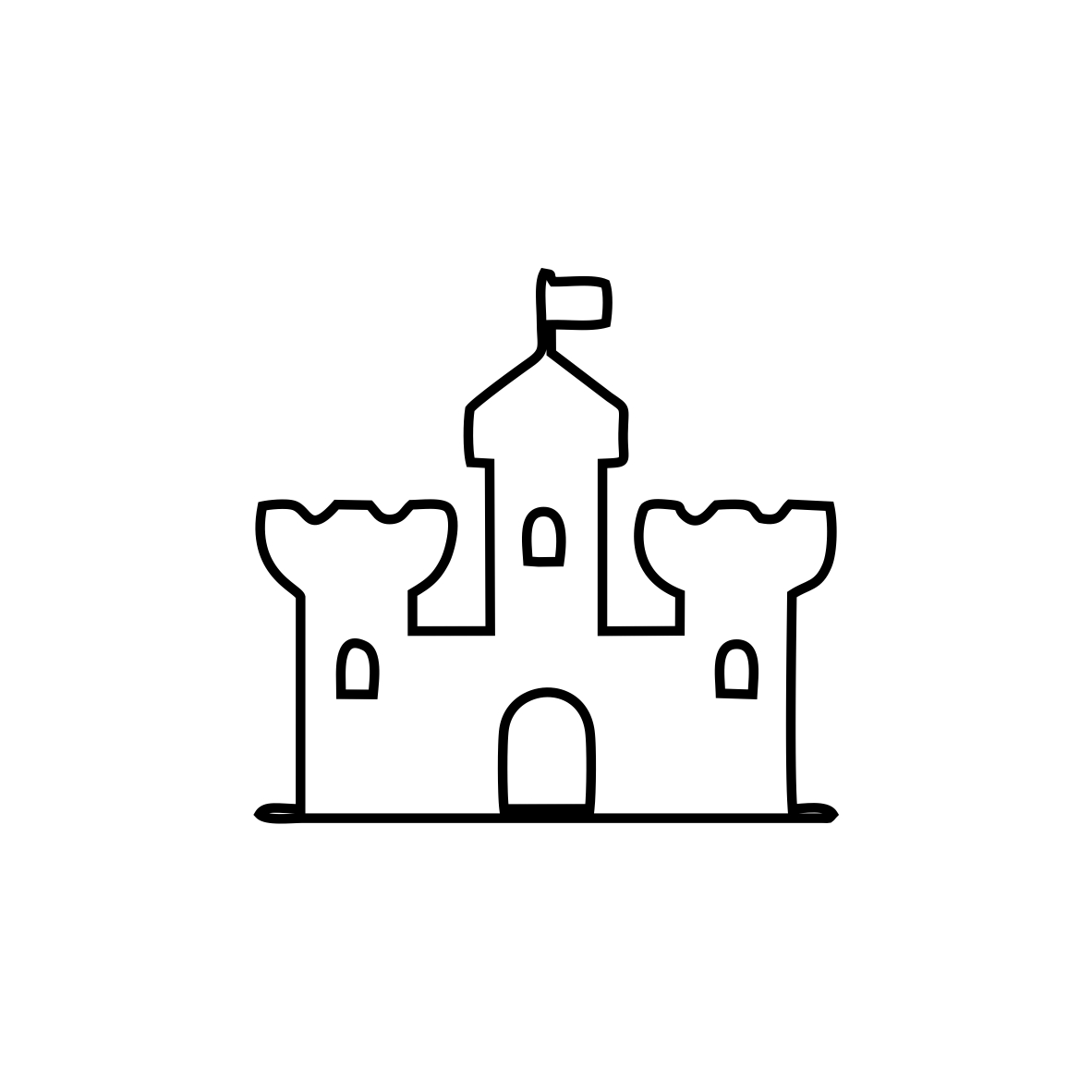
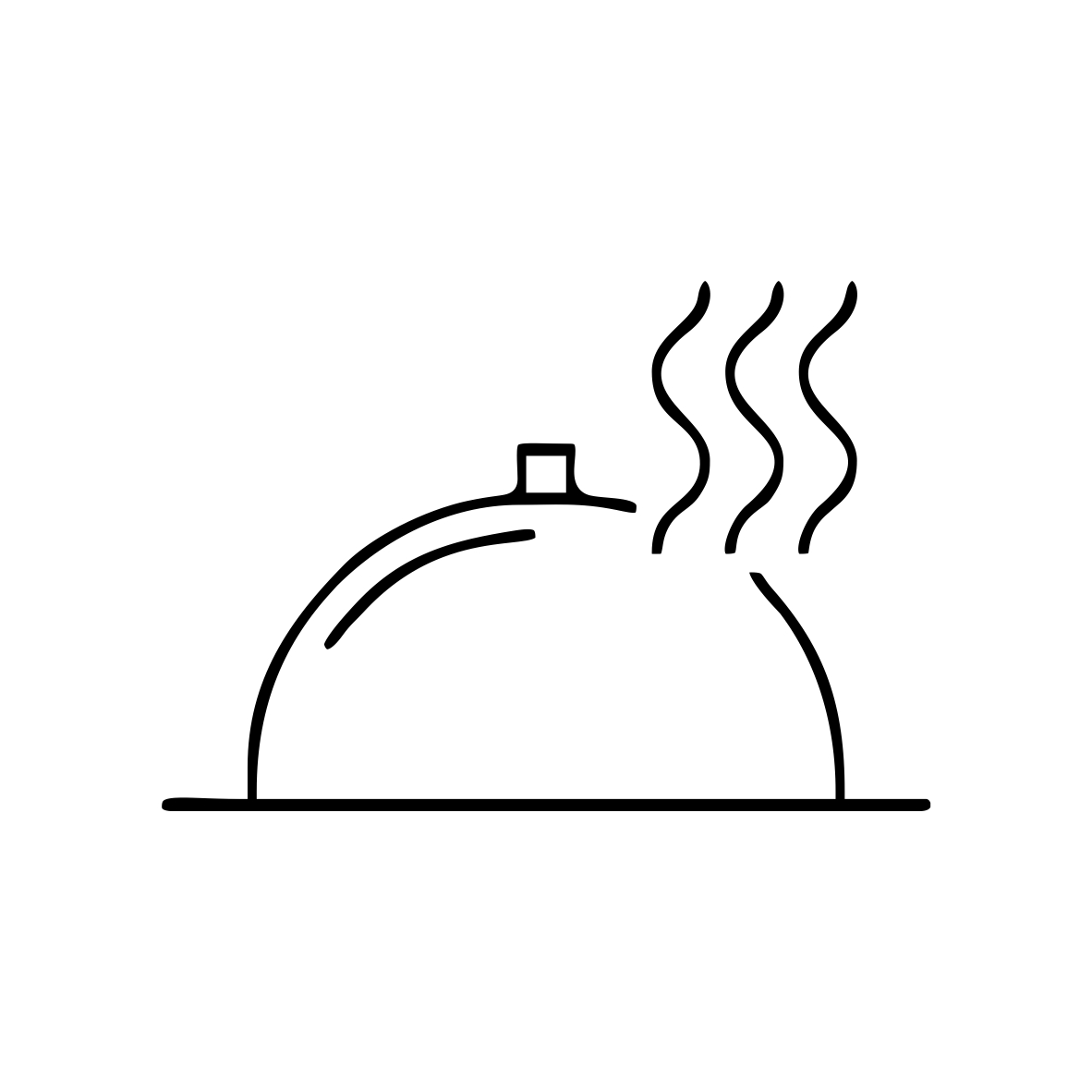

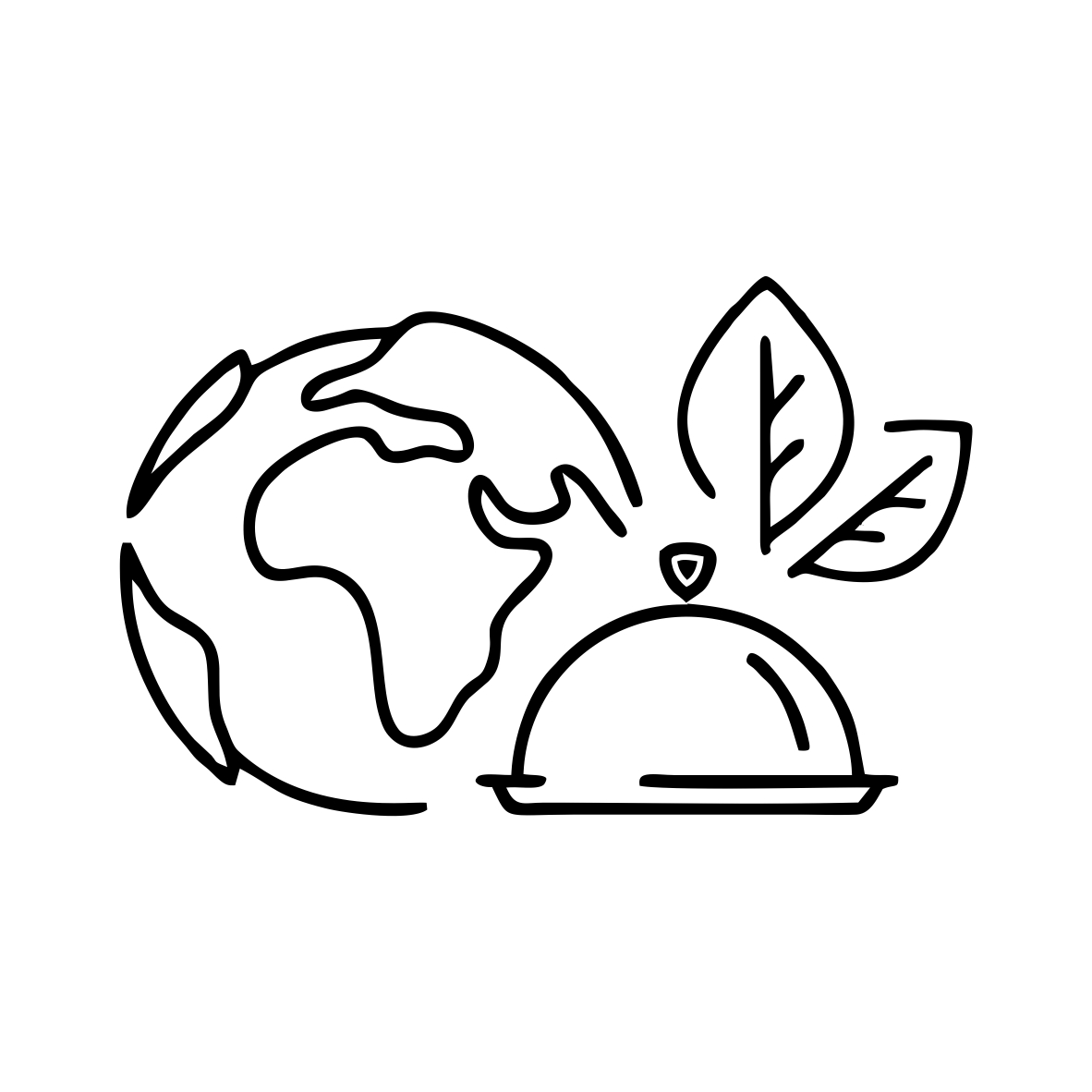


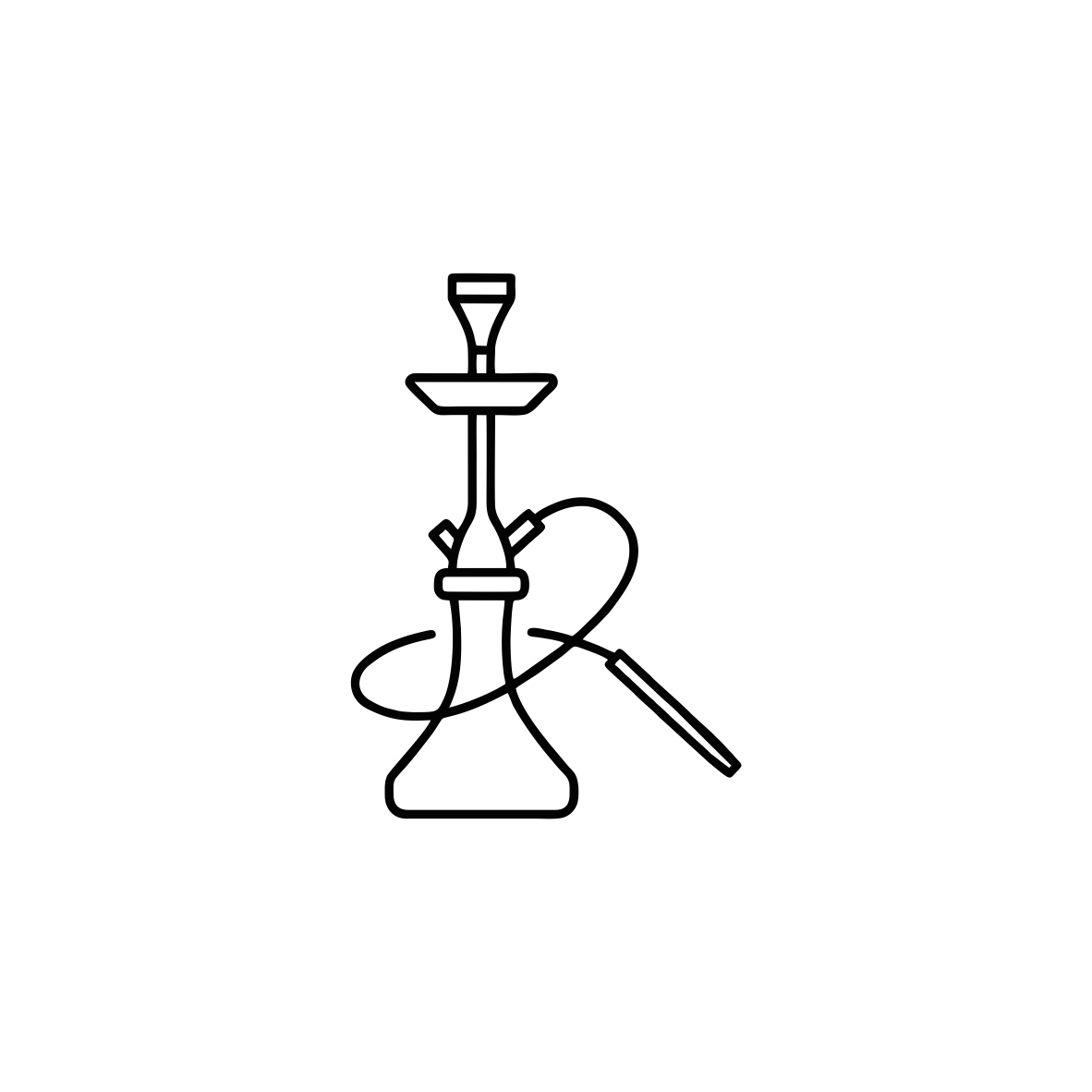



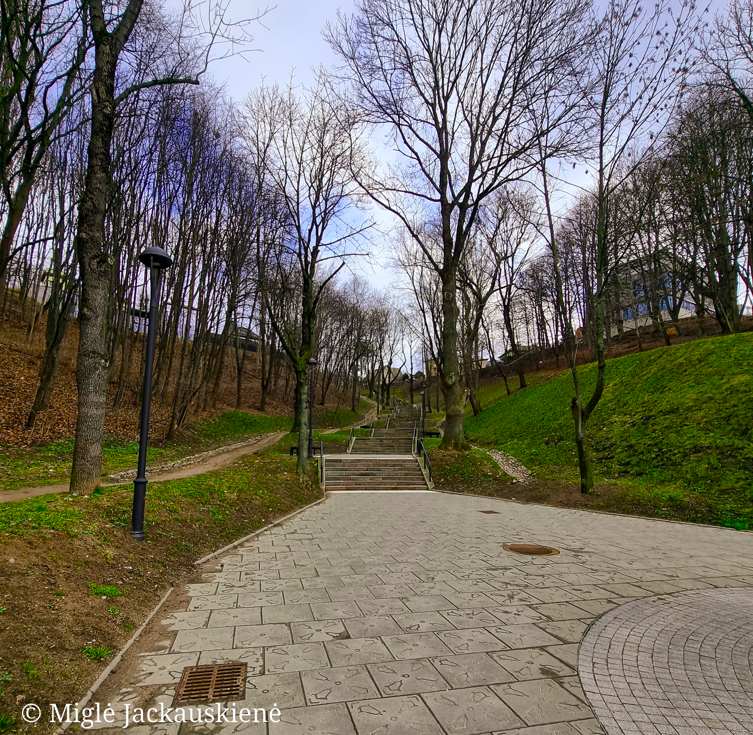
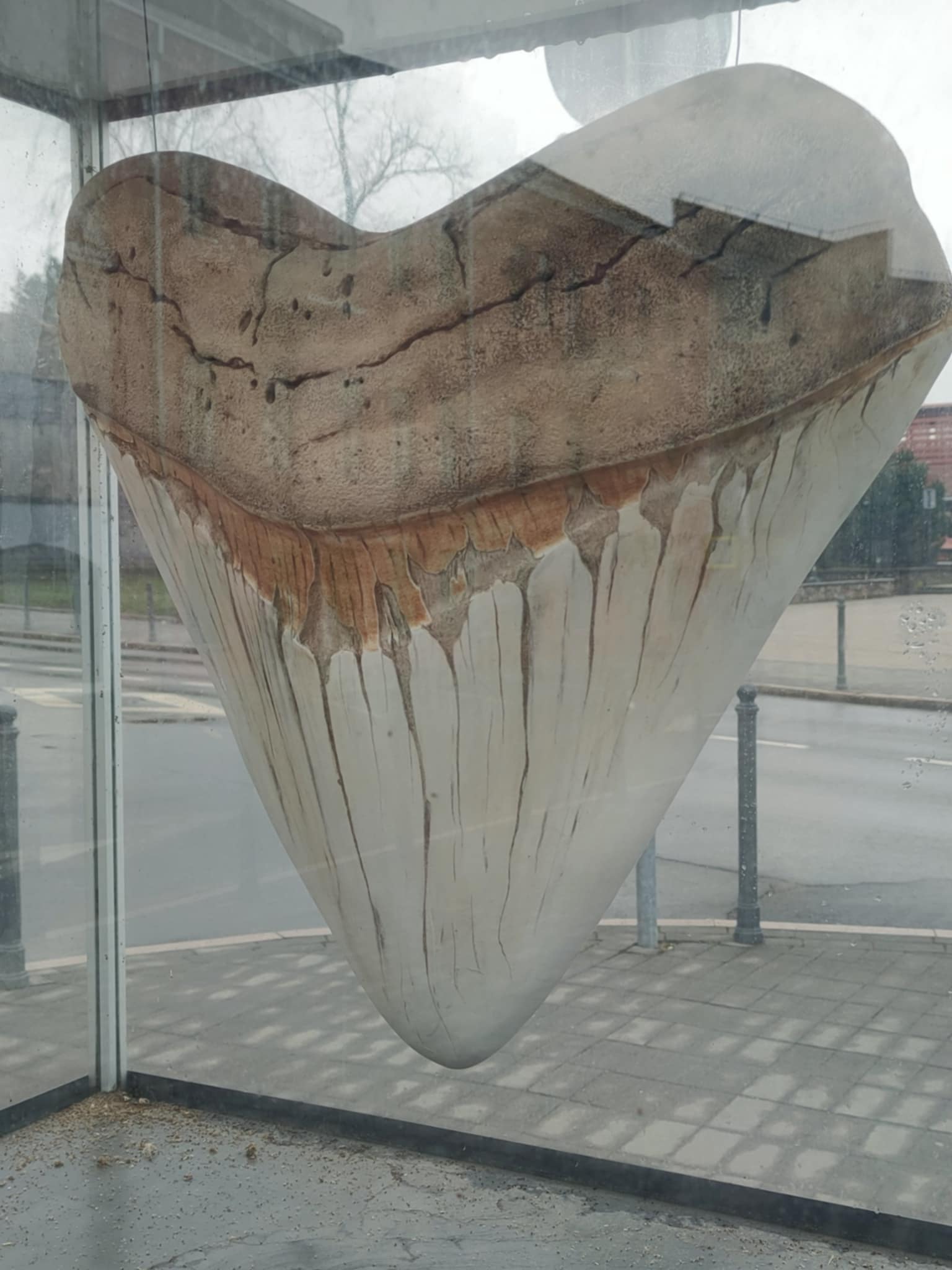
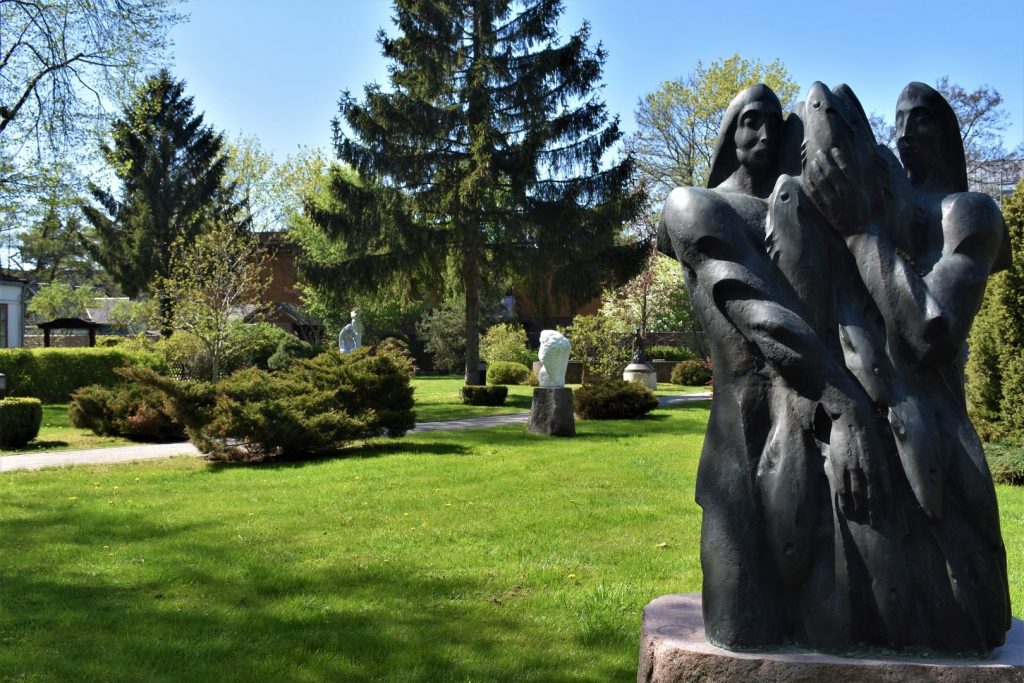



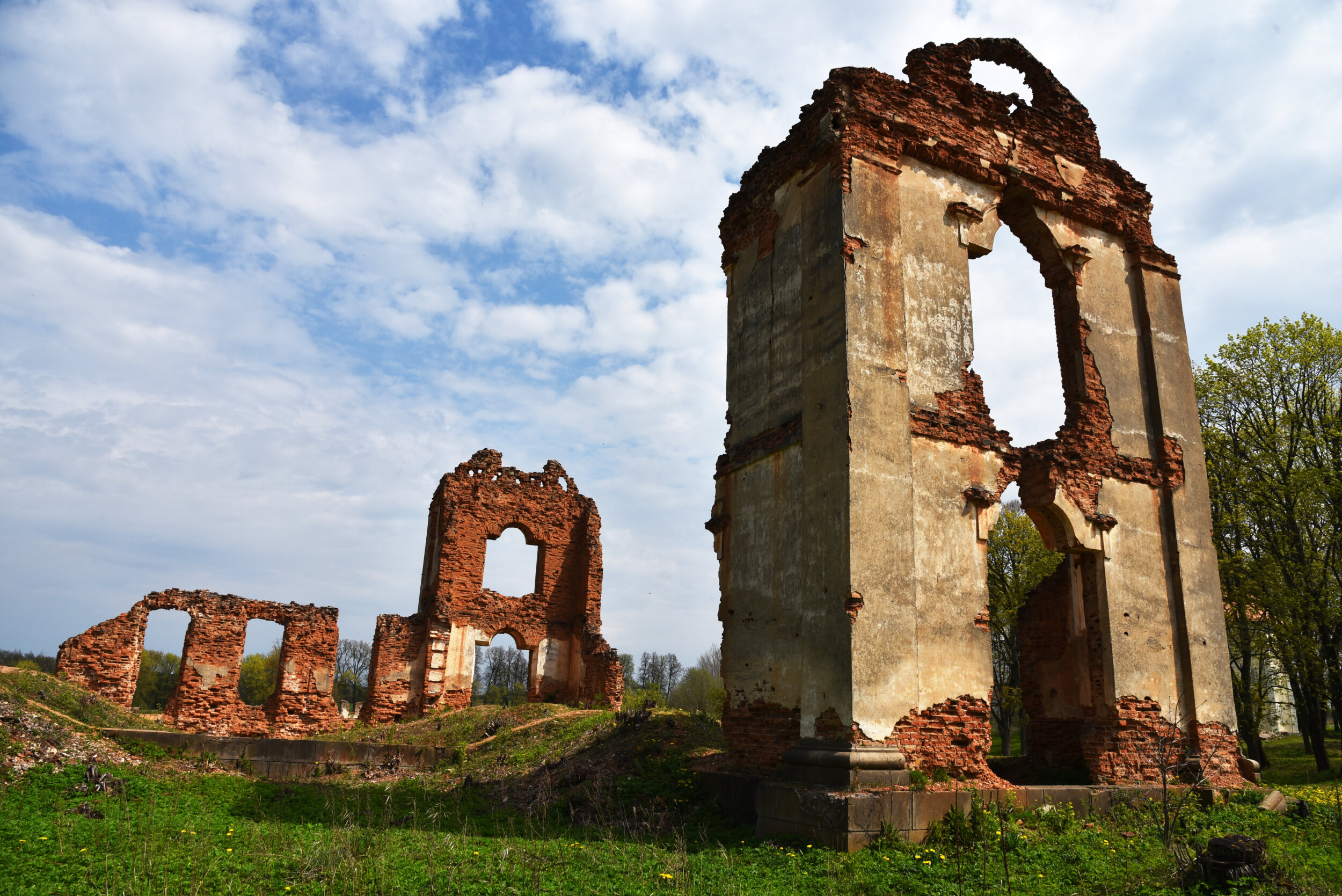
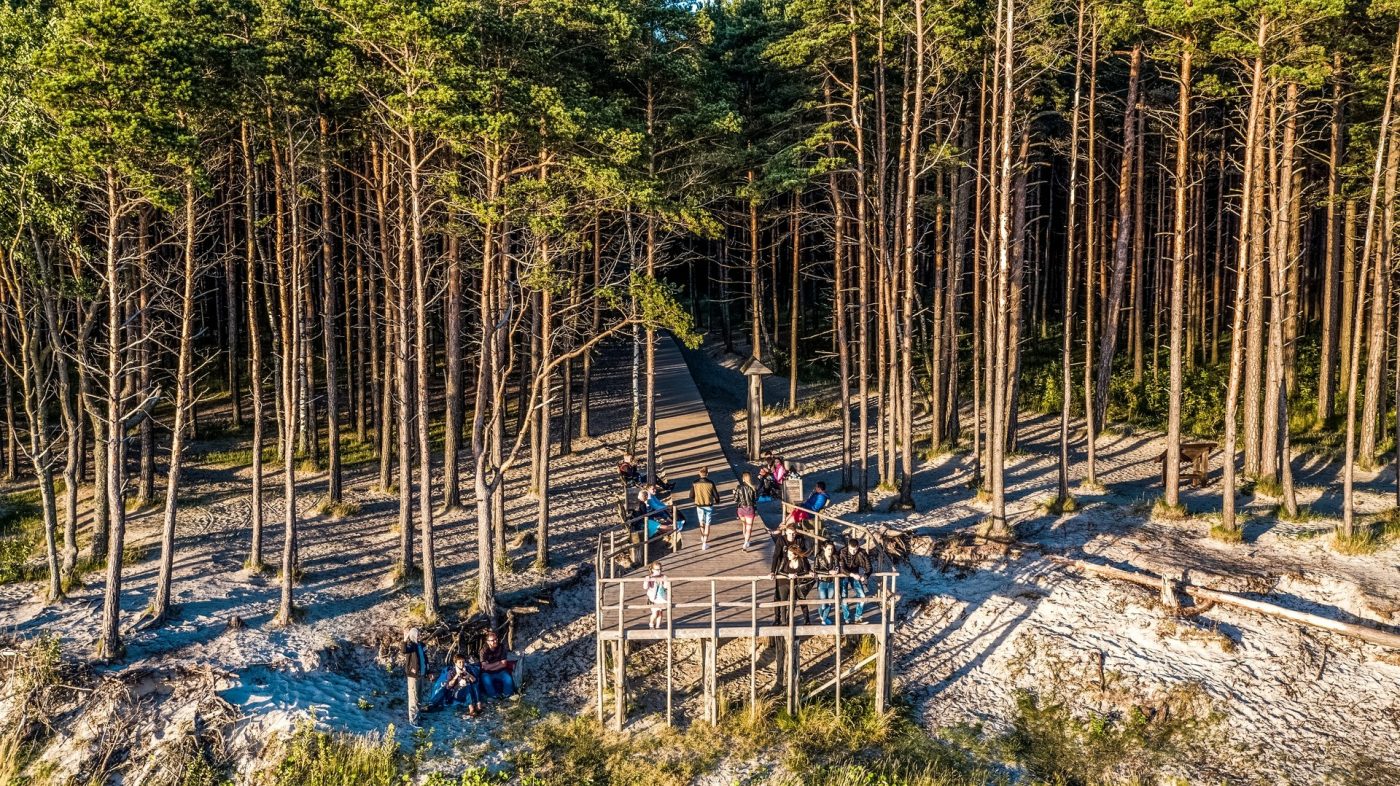

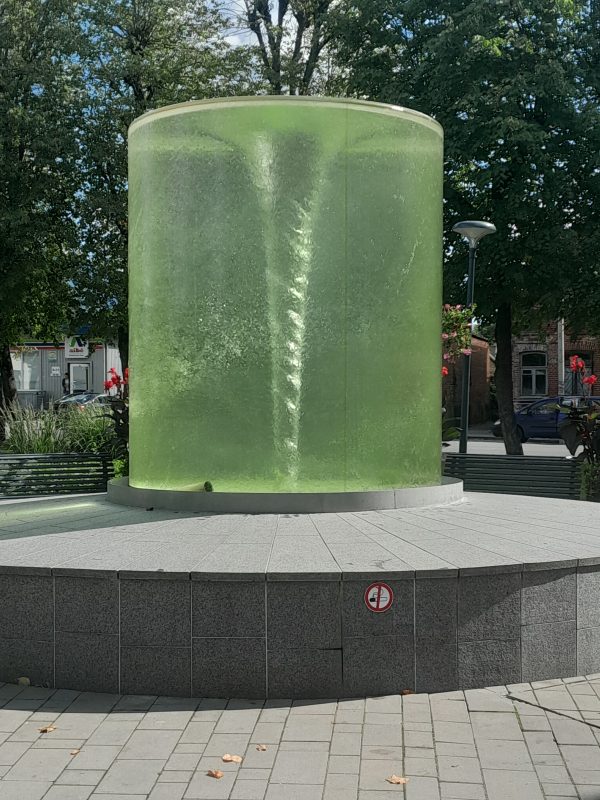
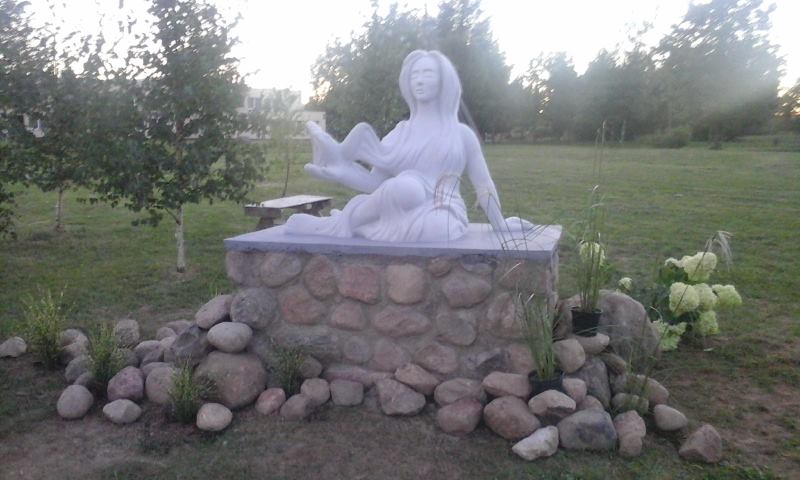
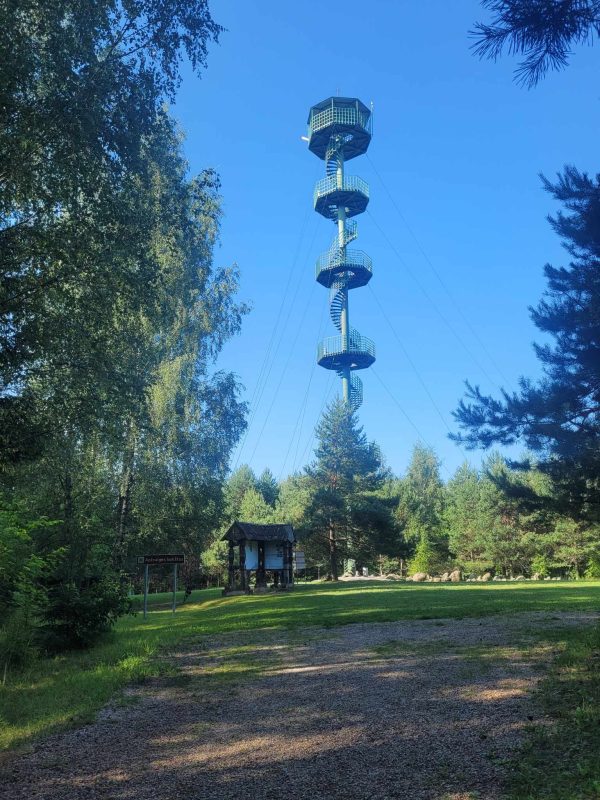
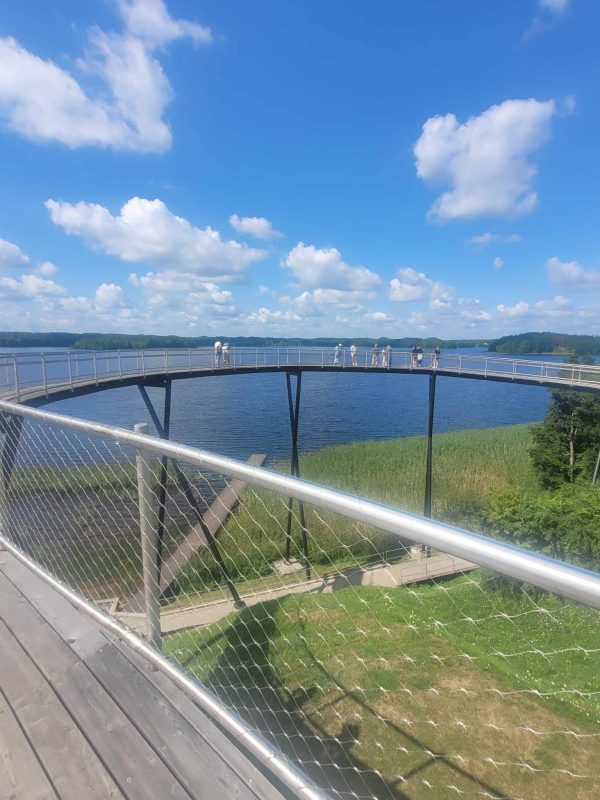

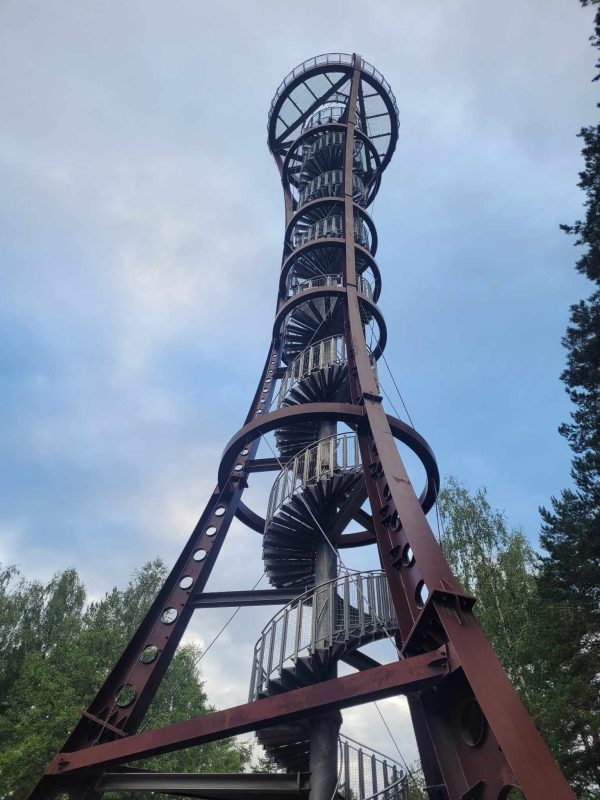


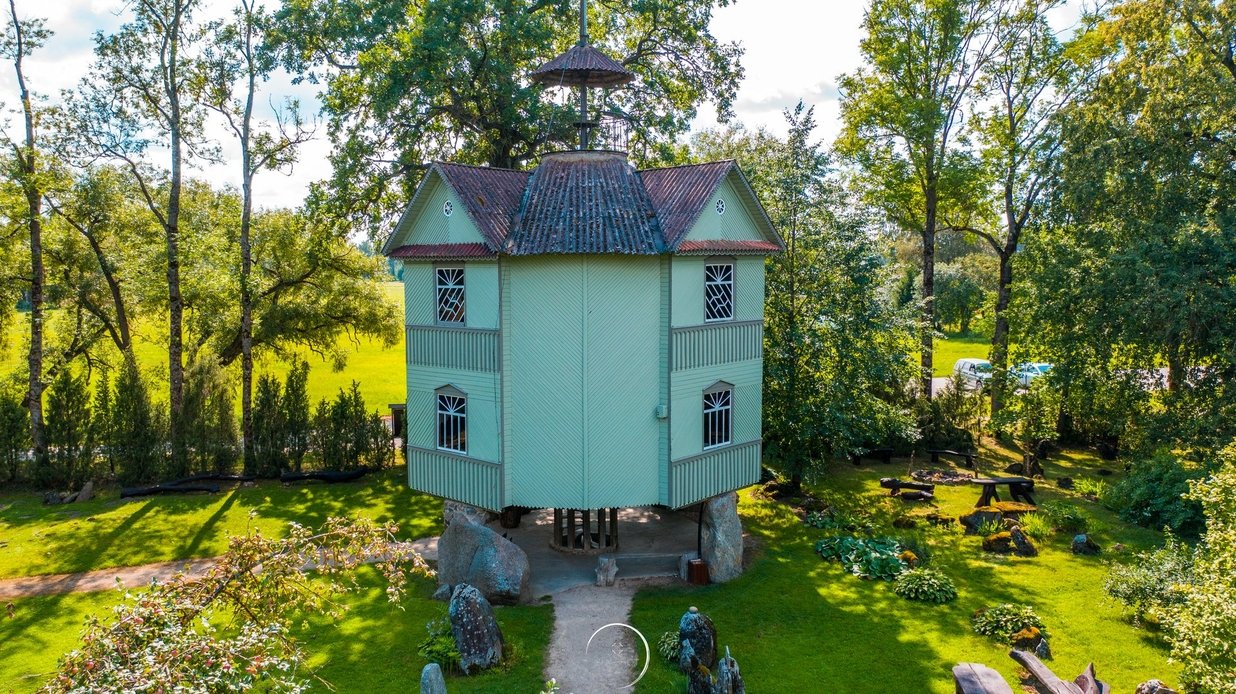
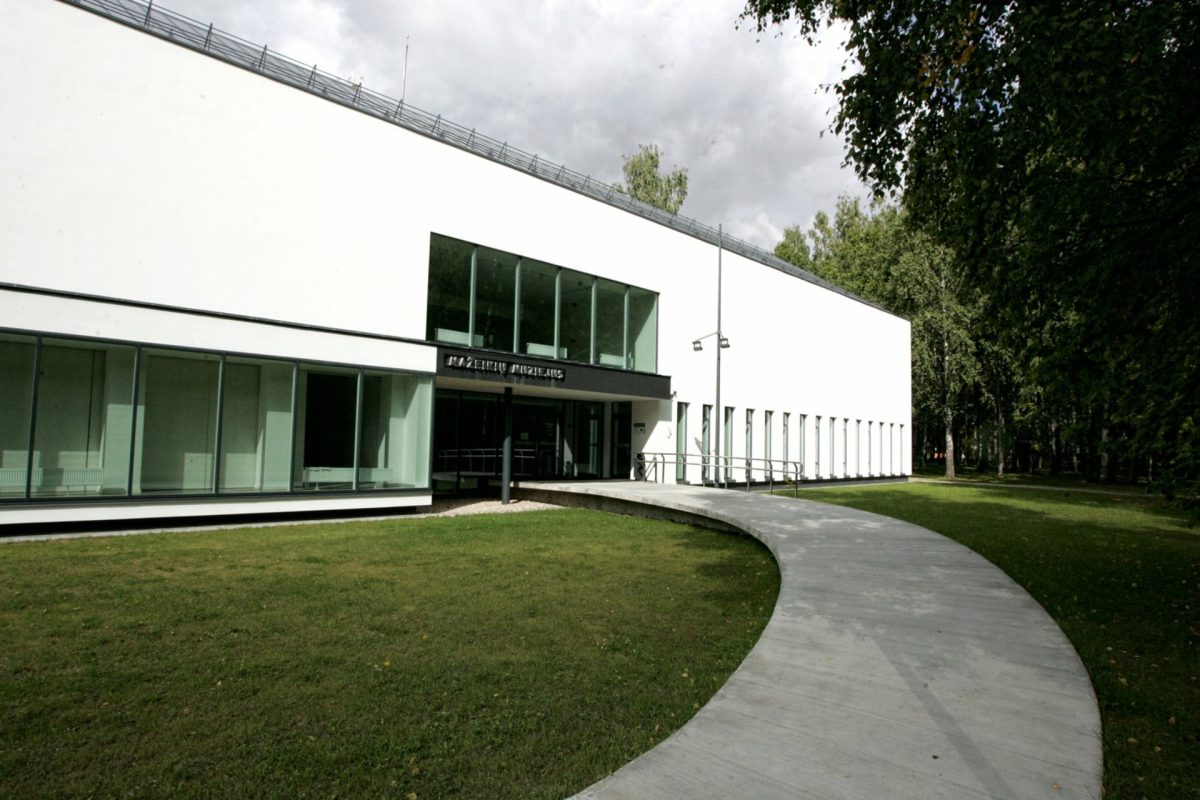
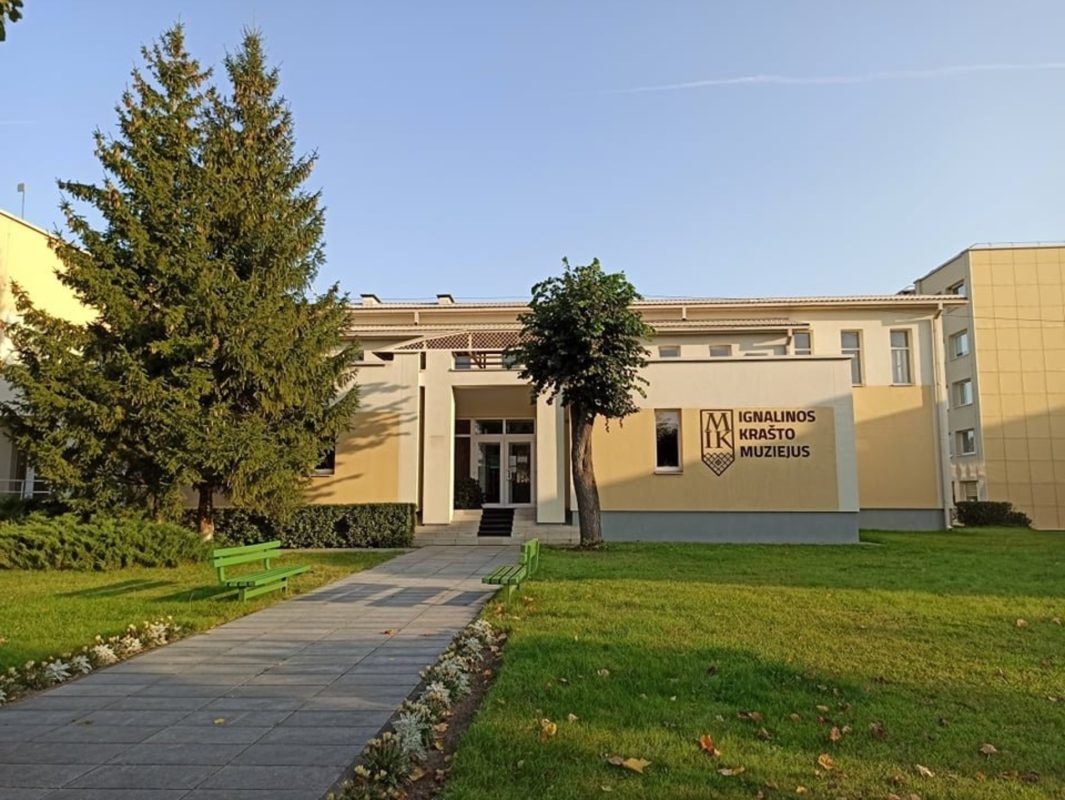
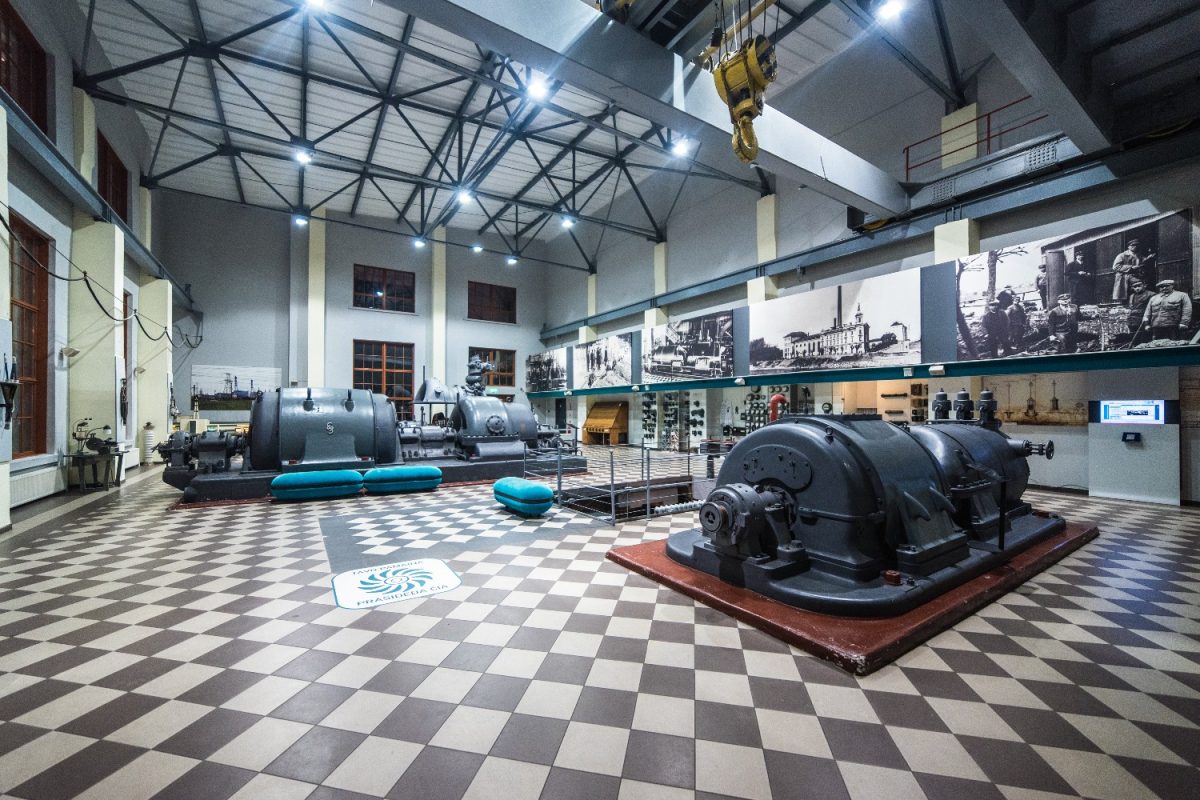

.jpg)
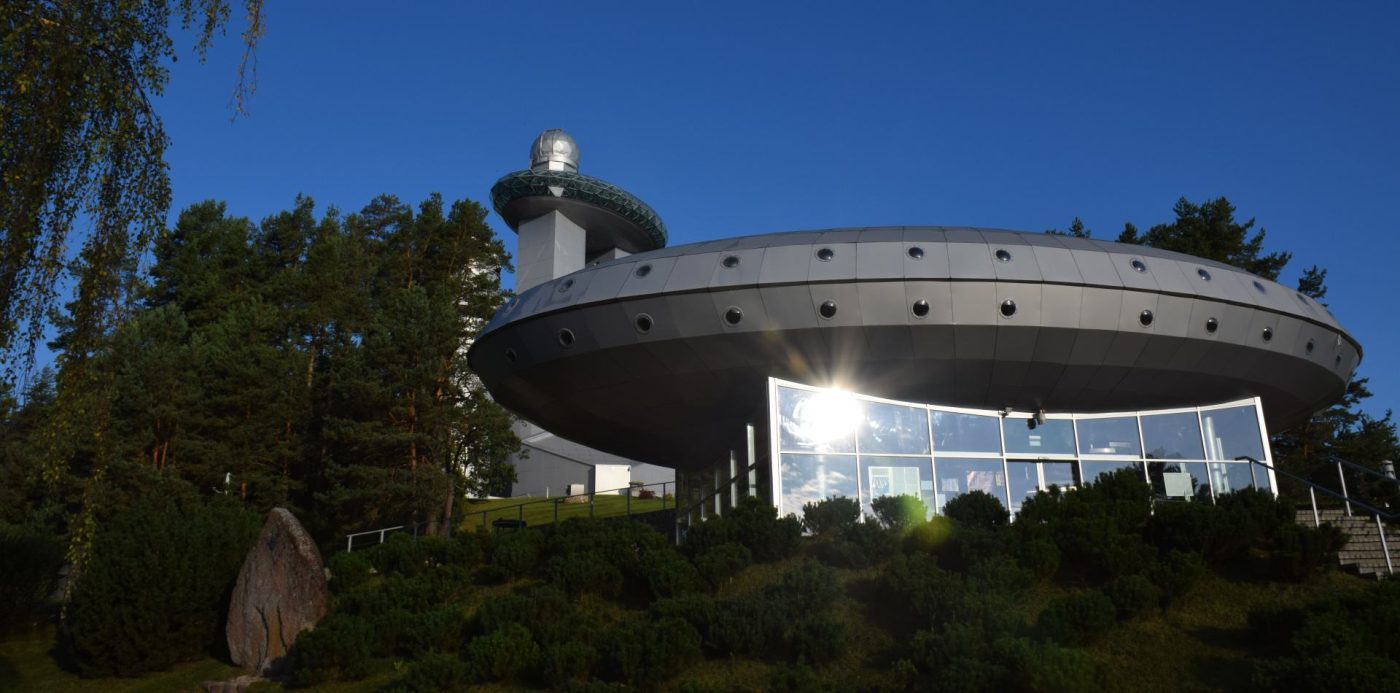


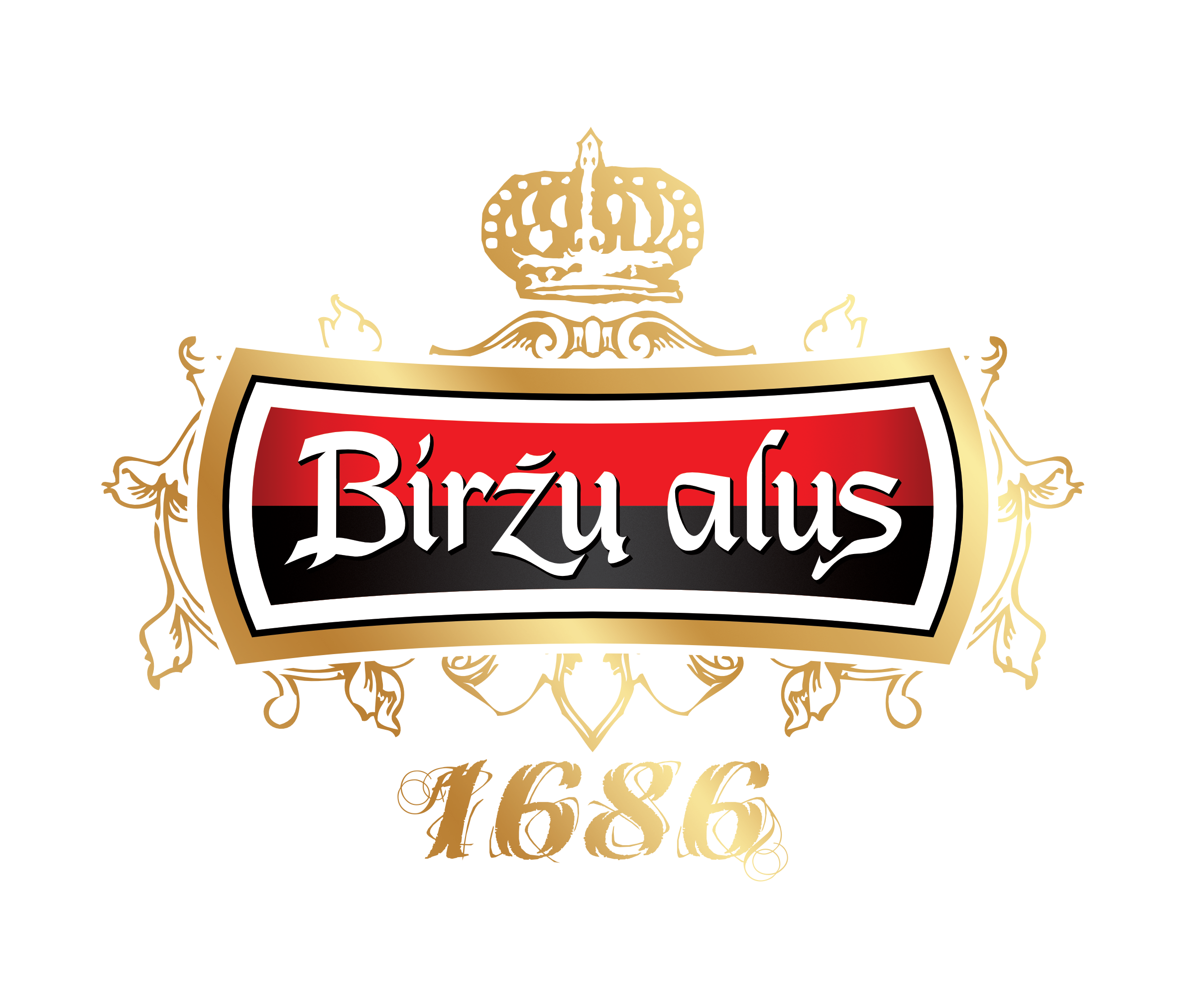
.jpg)
